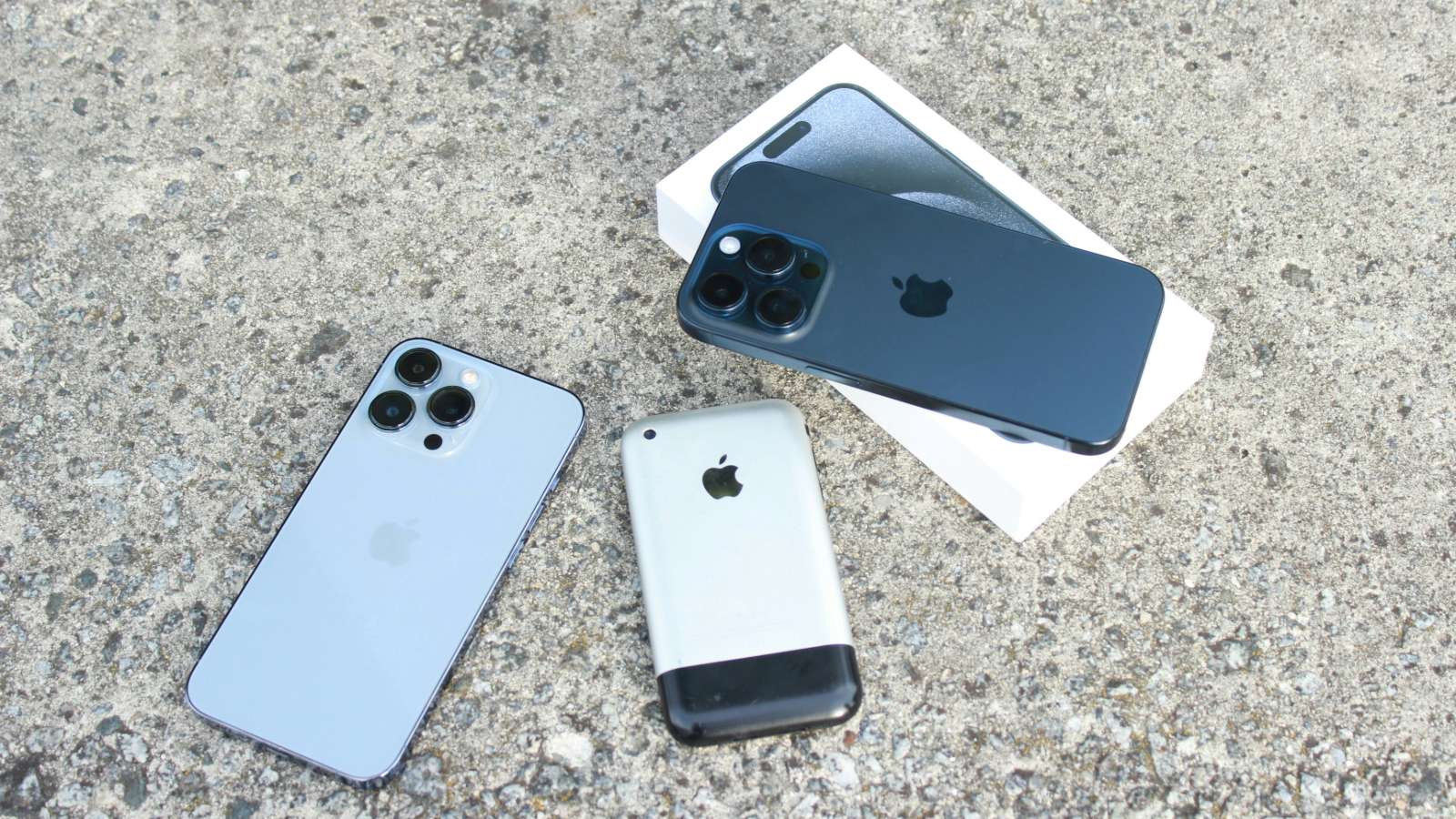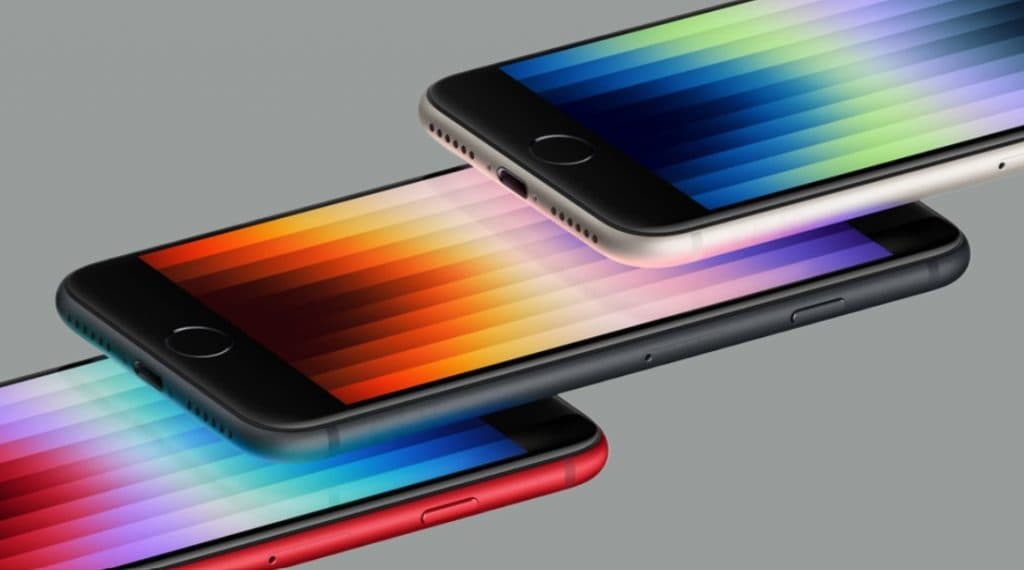iPhone user tricks Apple with EU DMA spoof for enhanced customization
 Unsplash: Sophia Stark
Unsplash: Sophia StarkApple announced many customization features for iPhones in compliance with the EU’s Digital Markets Act (DMA), and while these features are only available to EU residents, an Australian user has figured out how to access some of them.
The EU’s DMA act forced Apple to open up its core platforms to third parties to keep the tech space competitive. Apple complied with the new regulation by implementing several changes on iPhones, including a new commission structure, third-party default web browsers, and more. The new changes are only available to EU residents but developer Adam Demasi managed to access them in Australia.
Demasi explains that with iOS 17.4, Apple introduced a new system called “eligibilityd”. This works with another system called “countryd” and an Apple ID to determine your location before granting access to location-based features, such as those mandated by the Digital Markets Act.
 Apple
AppleThey managed to bypass Apple’s location wall using an iPhone 12 Pro Max, an Italian SIM card, and a pfSense Wi-Fi router broadcasting itself as being in Italy.
“I took my old 12 Pro Max and started tinkering around. I reset the phone, disabled Location Services, inserted an Italian SIM from my holiday many years ago, and created a new Italian Apple ID,” Demasi wrote.
“I then set up a pfSense Wi-Fi router, broadcasting itself as being in Italy,” they added, noting that they didn’t succeed after following these steps. “The last thing I tried was going downstairs to our basement, where there’s no mobile signal. I reset the phone again, and what do you know, as soon as I opened Safari, it asked me to choose a browser,” Demasi noted.
Demasi had to put the iPhone in airplane mode to prevent Apple from determining its location. Of course, it’s not practical to use the iPhone in this state, and the developer believes “it’s really only a setup I can use for testing EU features.”
It’s unclear whether the developer also managed to access other features mandated by the EU, such as interoperability and data portability, downloading directly from developers, or accessing third-party app stores.